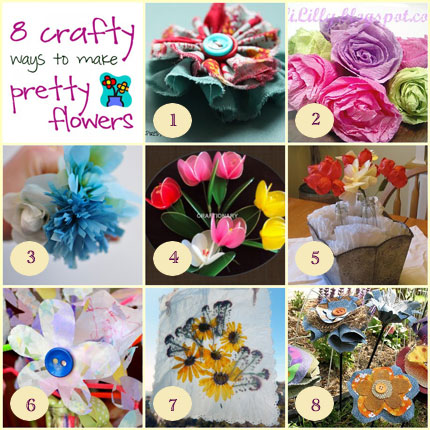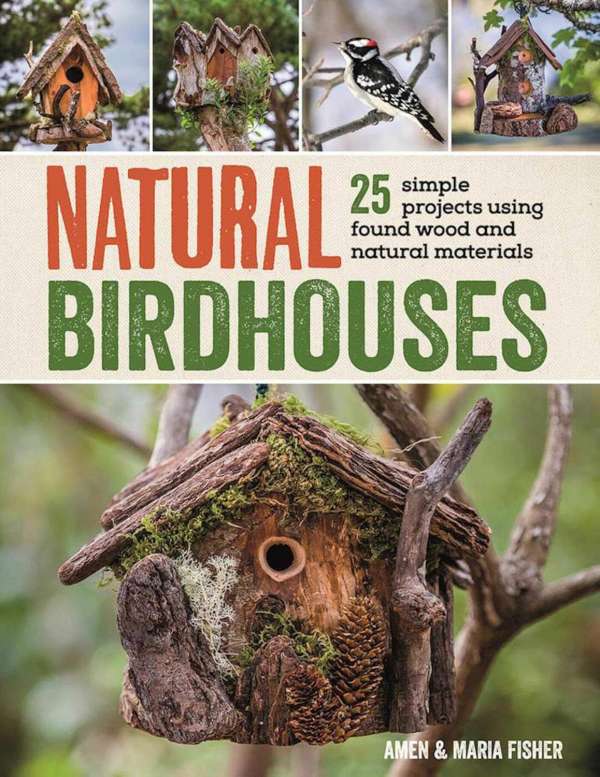 April showers certainly do bring May’s beautiful flowers! Even crafty ones. Here are 8 different ways to create flowers using fabric, nylon, contact paper, tissue paper and more.
April showers certainly do bring May’s beautiful flowers! Even crafty ones. Here are 8 different ways to create flowers using fabric, nylon, contact paper, tissue paper and more.
1. Fabric Flowers
2. Crepe Paper Roses
3. Tissue Paper and Crepe Paper Flowers
4. Nylon Tulips
5. Bubble Flowers
6. Contact Paper Flowers
7. Waxed Paper Pressed Flowers
8. Denim Fabric Flowers
Faux flowers are a great way to decorate your home and add some touches of color to a living space or work area.
Here are some fun flower facts you might not have known.
Did you know that broccoli is actually a flower?
Some plants such as orchids do not need soil to grow-they get all of their nutrients from the air, clearly not the plants that I have cause they apparently need more water than I gave them. I do not have a single green finger let alone a green thumb. I am pretty sure I could kill a plastic plant given the chance.
A flower, sometimes known as a bloom or blossom, is the reproductive structure found in flowering plants.
Flowers did not always exist they only appeared around 140 million years ago.
Roses are related to apples, raspberries, cherries, peaches, plums, nectarines, pears and almonds, I guess that is why they are edible right?
Dandelions might seem like weeds, but the flowers and leaves are a good source of vitamins A and C, iron, calcium and potassium.
Sunflowers move throughout the day, following the movement of the sun from east to west? have you ever noticed this?
Flowers and plants have been used medicinally for thousands of years. Some flowers, such as the lotus, have religious or historical significance.
In the 1600s, tulips were so valued that they were worth more than gold
Lavender is a beautiful purple flower that is native to the Mediterranean. It has a scent that is known to relax people and is a well used calmative.

wow.. Thanks so much for featuring me.. I am So excited! 🙂 I have your button on my featured page..
Have a nice day
WOW! What great ideas. I’m going to have to try some of these. Thanks for including mine. 🙂